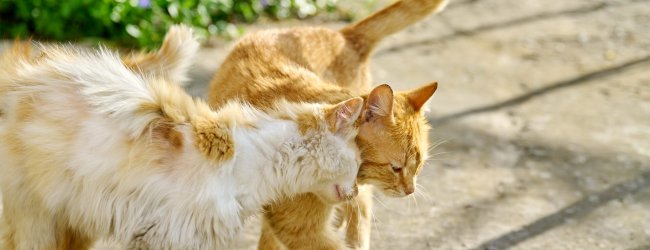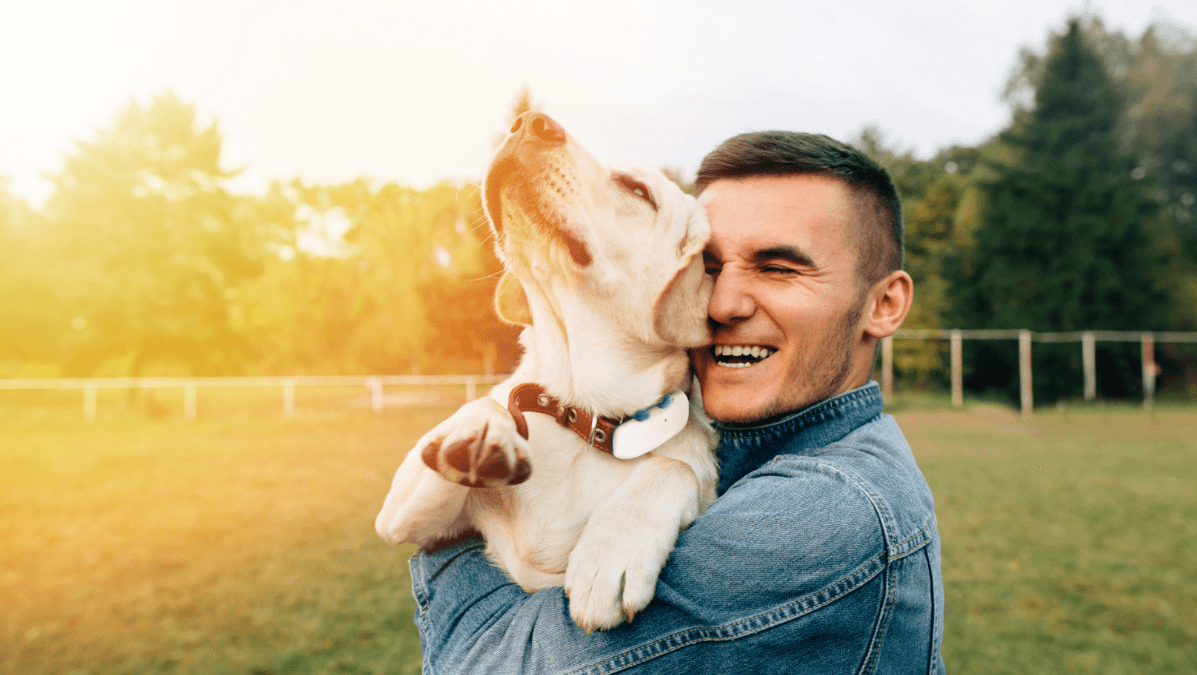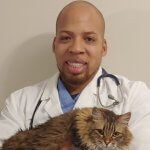 Approved by Dr. Dwight Alleyne, DVM
Approved by Dr. Dwight Alleyne, DVM Cat Drinking A Lot Of Water? Here’s Why.
Is your cat drinking too much water? Besides the more benign reasons like heat or exercise, excessive thirst in cats can be also be a sign of a medical issue. Here's what to do - and how to catch on to it early.
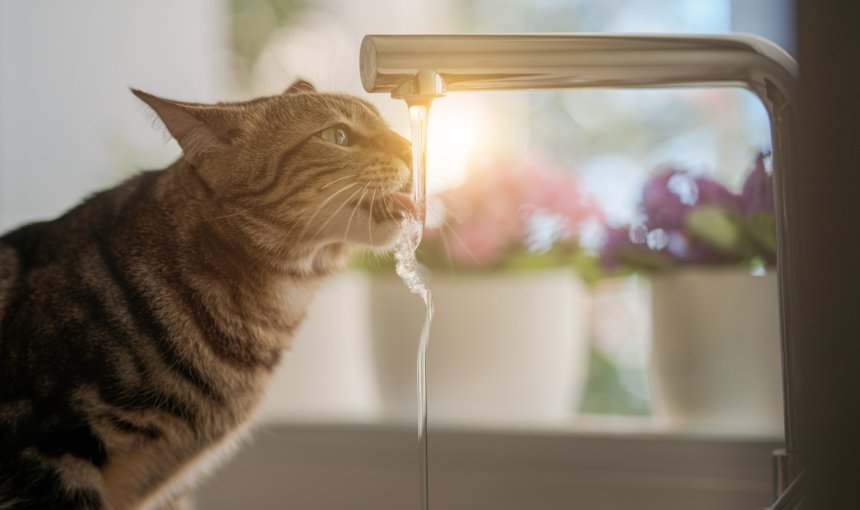
Your cat might not be the type to guzzle a ton of water (like your dog might). But just like us, they do need to drink water every day to stay healthy. So if you’ve noticed your cat drinking a lot of water out of nowhere…well, it’s understandable if you’re wondering why.
In general, cats don’t need as much water as dogs (or humans) – but it’s pretty concerning if they’re:
- Not drinking enough water
- Drinking way more than usual
Because either of these situations could signal that something’s wrong – aka, a health issue, especially if you’ve got a senior cat at home.
So here are a couple of reasons why your cat may be drinking too much water – and how monitoring your cat’s activity can help you catch on to health issues early.
How much water should a cat drink?
As a rule of thumb: a cat weighing 10 pounds should drink between seven to nine ounces of water each day – so around one cup of water. Smaller cats consume less water, and larger cats drink a bit more.
If this sounds a bit…well, less, it’s just how your cat is built.
Because in a nutshell: your cat’s wild ancestors originated from the desert. Aka, hot, dry climates where they mostly didn’t need a ton of water to get by. It’s why modern day cats have adapted to live on relatively small amounts of water. (So they don’t actually need to drink a ton of water per day to stay healthy.
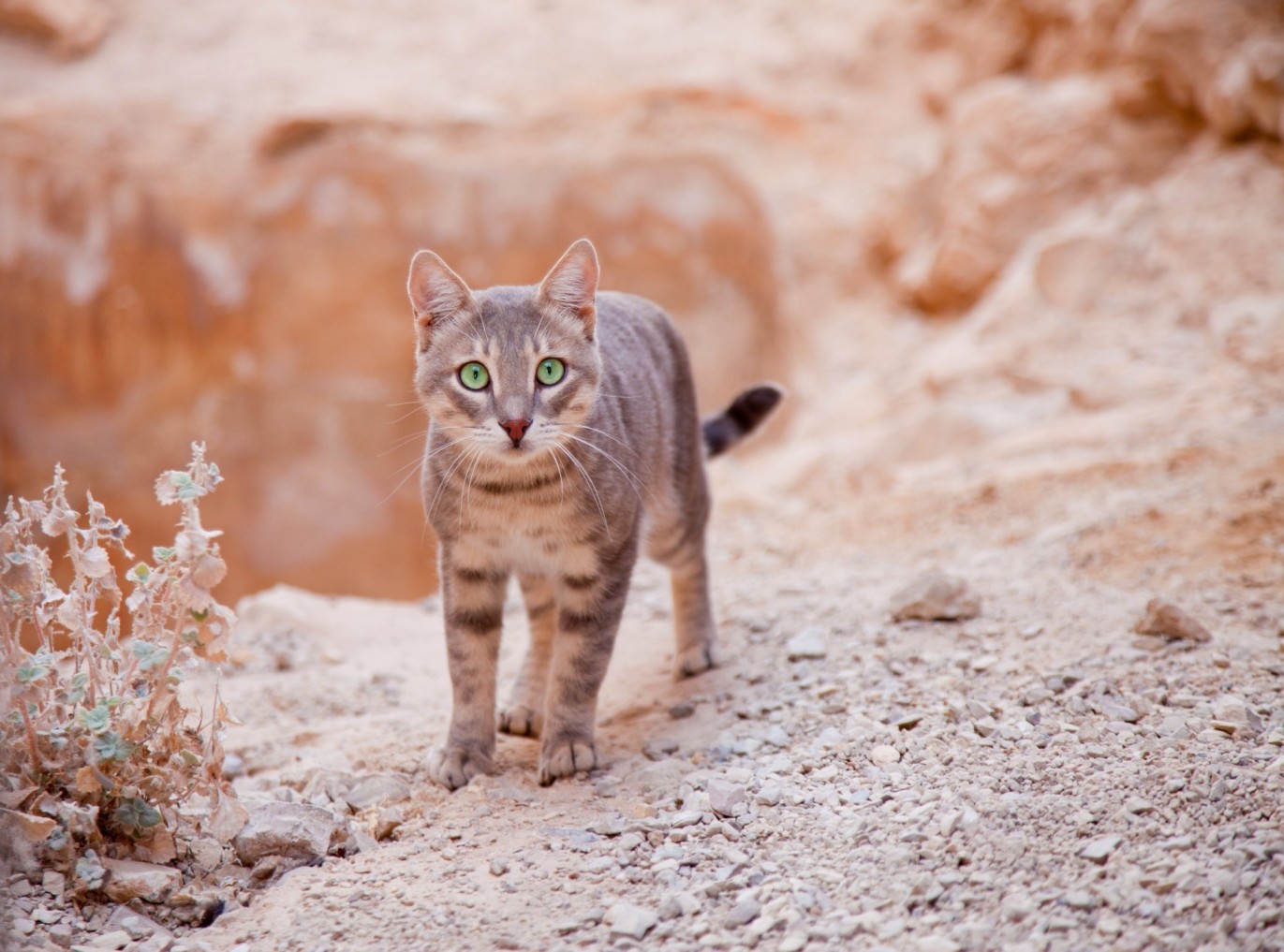
What else can influence how much water my cat drinks?
Your cat’s activity level and the climate where you live can affect the amount of water that your cat drinks each day.
- A very active kitty that spends time outdoors patrolling their territory on a hot summer day might drink a bit more.
- A sedentary cat that relaxes all day in an air-conditioned home would drink less.
Read more:
- Cat Territory Size & Range: How Far Does Your Cat Roam?
- 10 Tips For Keeping Outdoor Cats Safe & Healthy
- Should I Let My Cat Outside? What To Consider
💡Curious how active your cat actually is when they’re off exploring (whether that’s indoors or outdoors?) An Activity Tracker that’s built for cats can help you figure out just how active your cat is all day long. Like this handsome little guy here below:
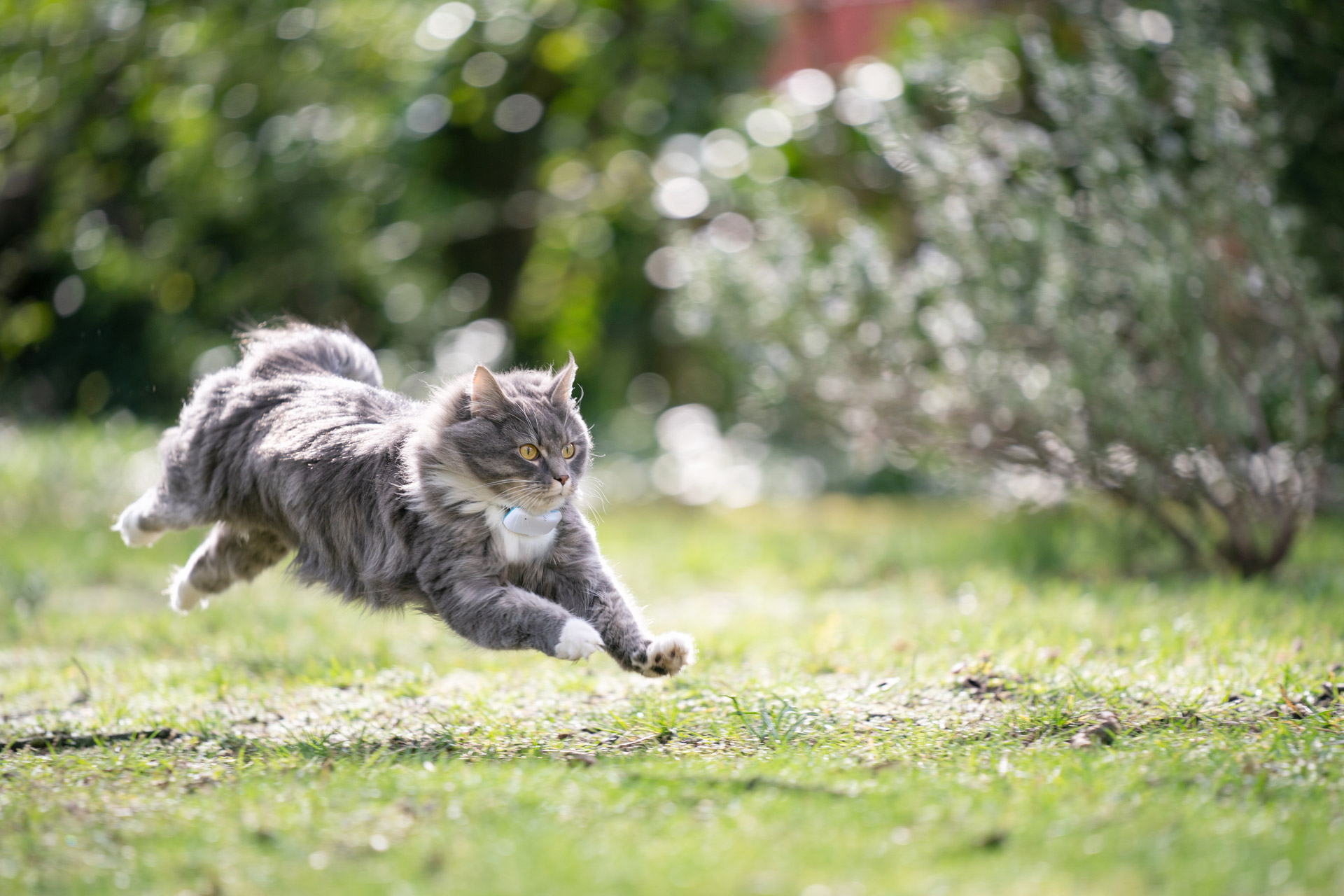
Similarly, the type of food your cat eats may also influence how much water they need each day.
- Cats that eat dry food will usually drink more water than cats that eat wet canned food.
- Cats that eat wet food get a portion of their daily water needs from their food.
How to tell if your cat drinks a lot of water
How can you tell if your cat is actually drinking excessively? It can be tough to pinpoint, especially if you have multiple cats sharing a water bowl.
Unless you want to isolate your kitty and carefully measure how much water they drink per day, you’ll have to look for other clues to determine if your cat drinks excessively.
So in general, you can look for these signs of increased water intake:
- Your cat visits the water bowl more often than they used to
- The water bowl empties out often and needs to be refilled
- Your cat starts drinking from places they had not drank from before, like faucets, ponds, puddles, or the toilet. (Though if your cat has always had these drinking habits, there’s no need to worry).
- Your cat visits the litter box or urinates more frequently
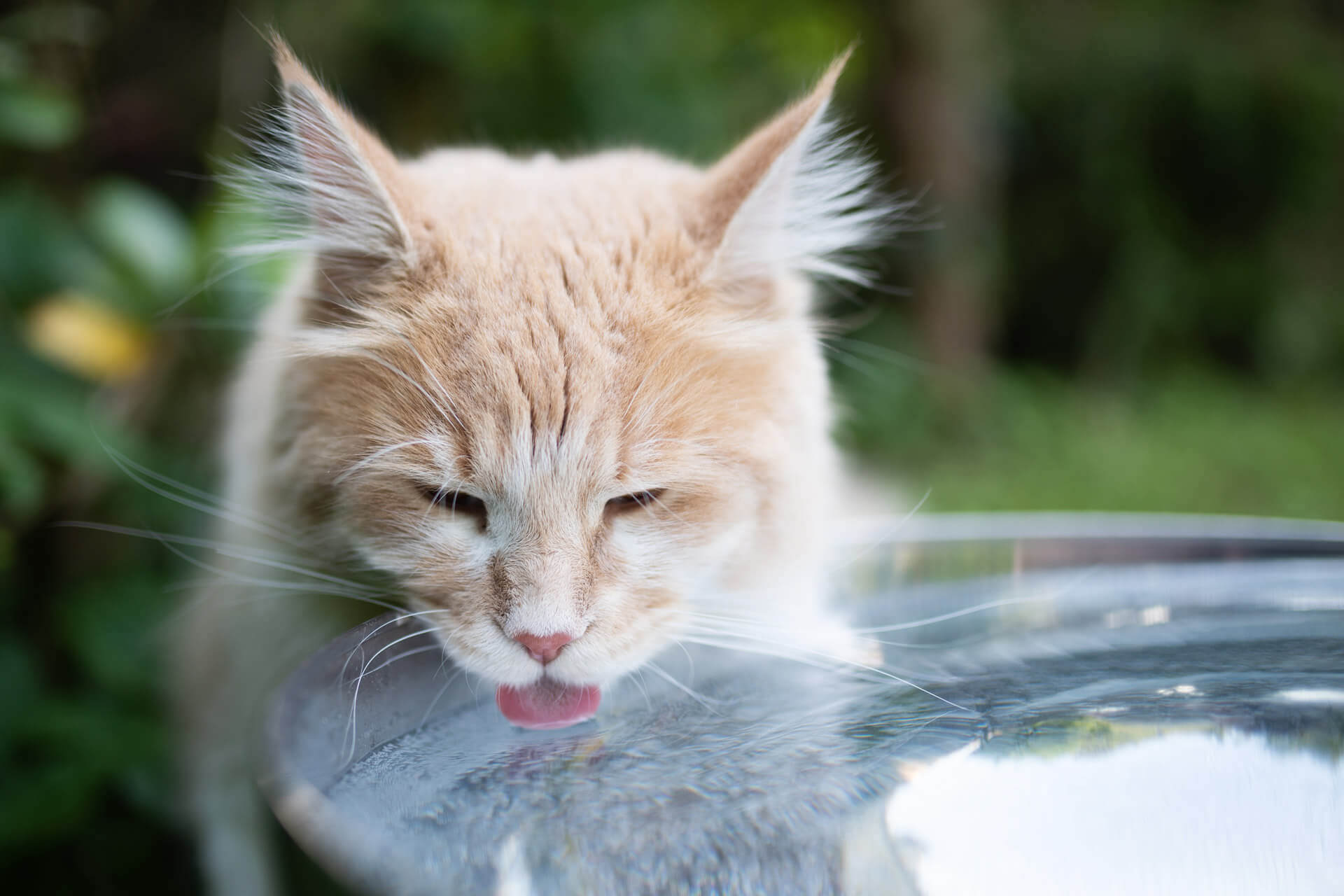
Is my cat…well, actually drinking more water than usual?
There are several possible reasons for a cat drinking a lot of water. Let’s start with a couple of the less concerning ones:
- In warm or hot weather, cats will often drink more water, especially if they spend time outdoors. During these times, make sure to watch out for the signs of heat stroke in cats.
- Increased physical activity can also spur your cat to drink more water. (Like if they’ve been expanding their outdoor territory or have befriended the squirrels in your backyard.)
- Some medications, such as diuretics which are prescribed to treat heart disease, can cause cats to drink more water than usual.
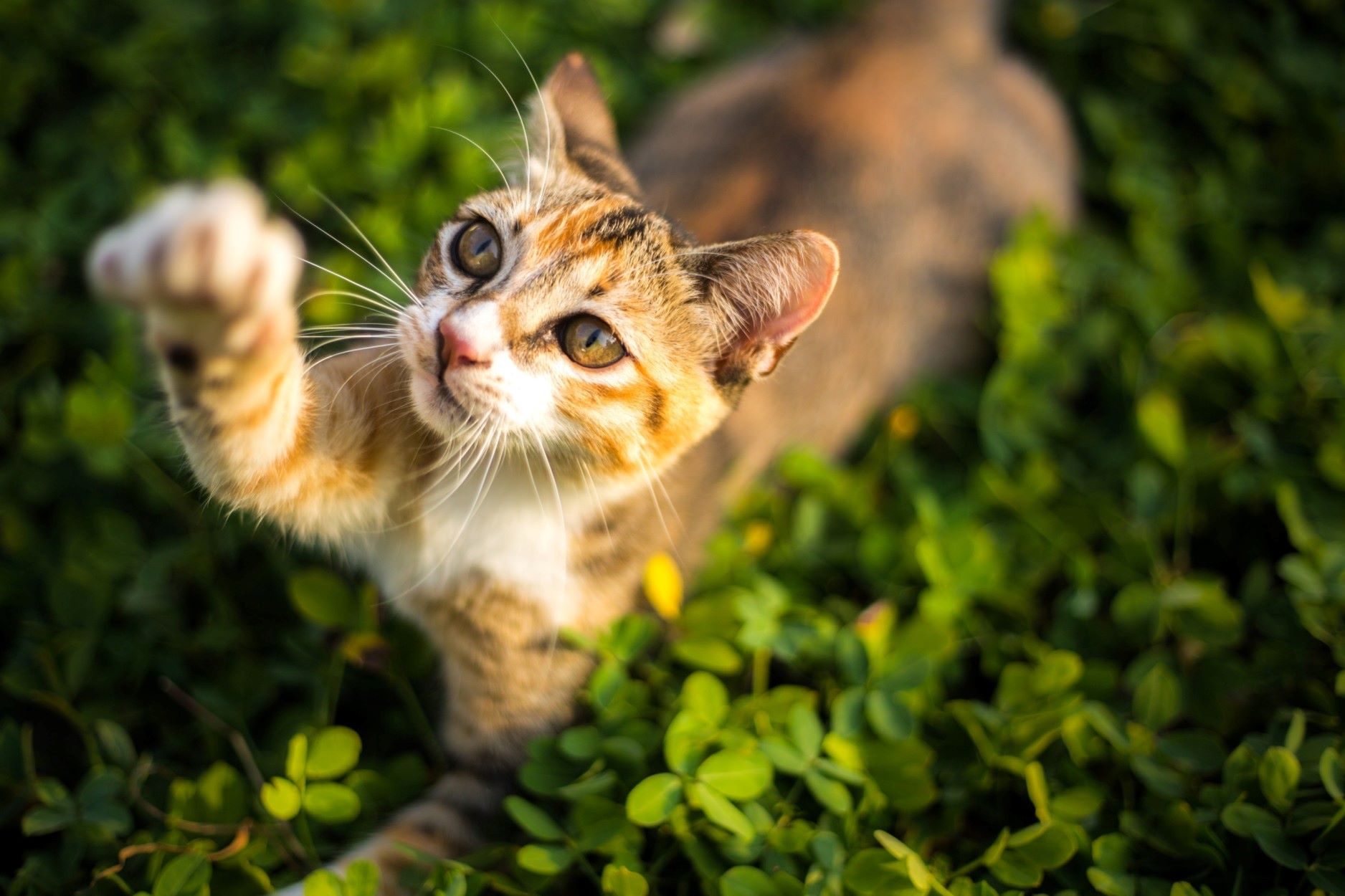
⚠️ If none of these scenarios describe your cat’s situation, you may have a more serious problem on your hands.
Because otherwise, the most common reason that cats drink excessive amounts of water is that they have an underlying medical issue.
Medical issues that cause cats to drink more water
Certain medical conditions can cause your cat to drink more water than they usually do. If you suspect that your cat has any of these conditions, visit your veterinarian as soon as possible.
Diabetes mellitus
Diabetes mellitus occurs when your cat’s body can’t properly process the glucose (sugars) in their food. (Meaning that the glucose is unavailable to fuel their body and keep them healthy.) This results in high sugar levels in the blood, which leads your kitty to drink more water to dilute the sugars.
- Cats with diabetes may become lethargic and lose weight in spite of eating more food.
- Senior cats and overweight cats are most likely to become diabetic. By helping your kitty maintain a healthy weight, you can reduce their chances of becoming diabetic.
(And look, we get it – a chonky cat can be kind of cute! But the resulting health issues down the line just aren’t worth it.)
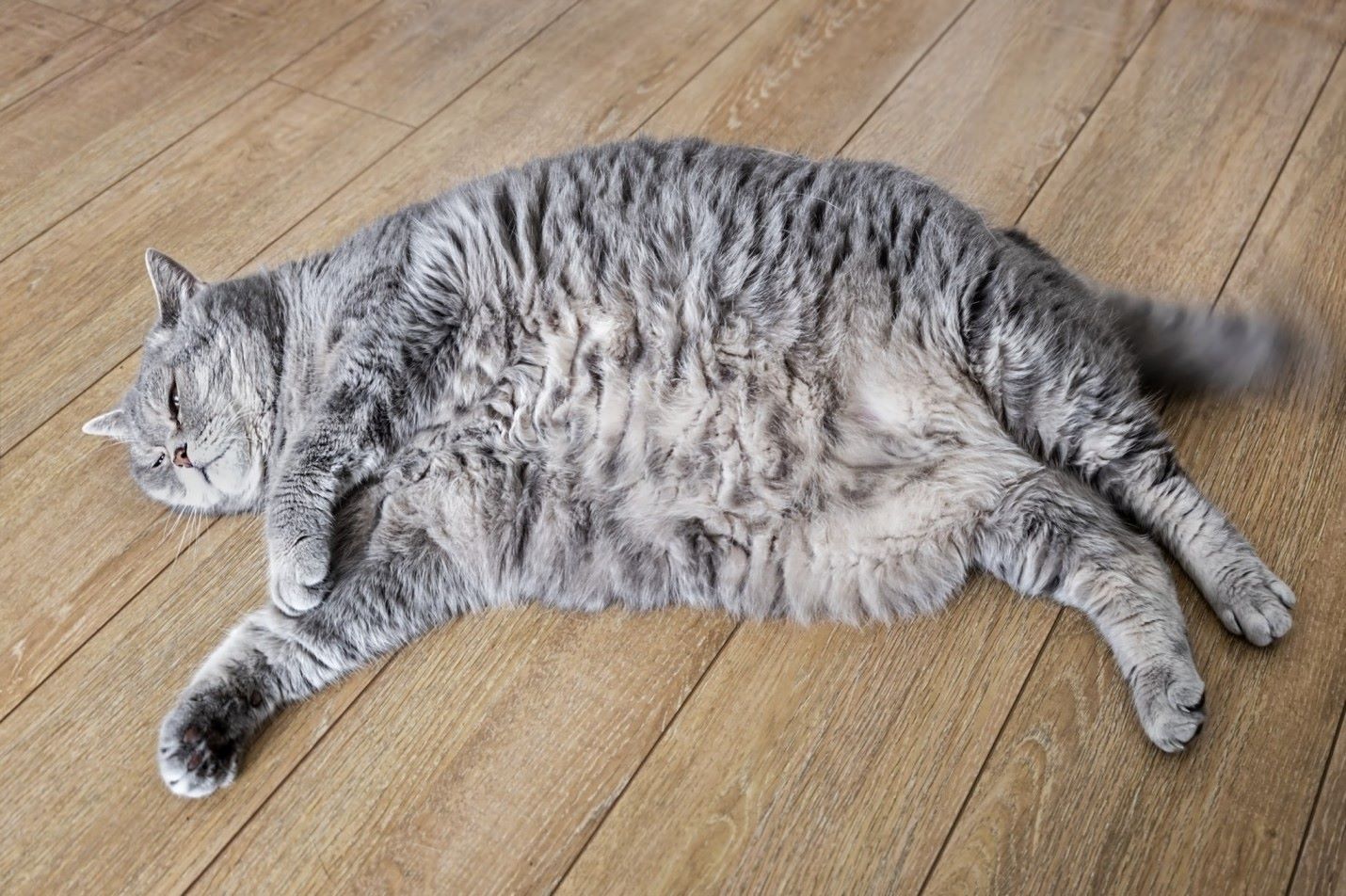
Read more:
- How To Get A Cat To Exercise: Keeping Our Feline Friends Happy and Healthy
- Cat Obesity: How To Help An Overweight Cat Lose Weight
- Cat Body Condition Score: Is Your Cat Underweight Or Overweight?
💡Which is where regular Activity Tracking can be a lifesaver. Because if you’re monitoring your cat’s activity on the regular, you can pick up on a drop in their everyday movements that much quicker.
(Which might signal the start of lethargy – and a more serious health issue down the line.)
Plus, with this actionable data at hand, you’re also more likely to have a more productive conversation with your vet.
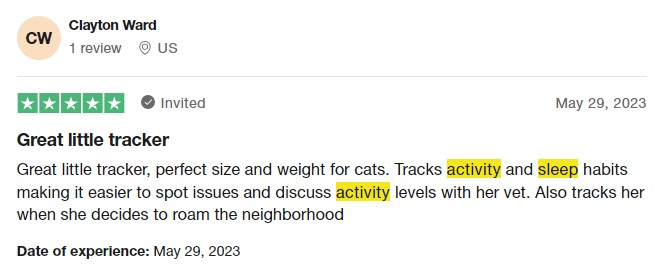
If your vet suspects diabetes, they’ll begin by collecting your cat’s blood and urine samples. This helps them measure the glucose levels in your cat’s body.
- Diabetes in cats is treated similarly to diabetes in humans. (Meaning changes in diet or administering insulin.)
- This is, however, a long-term illness that will require repeated visits to the vet and frequent monitoring by you. But with proper care, you can successfully treat and manage it.
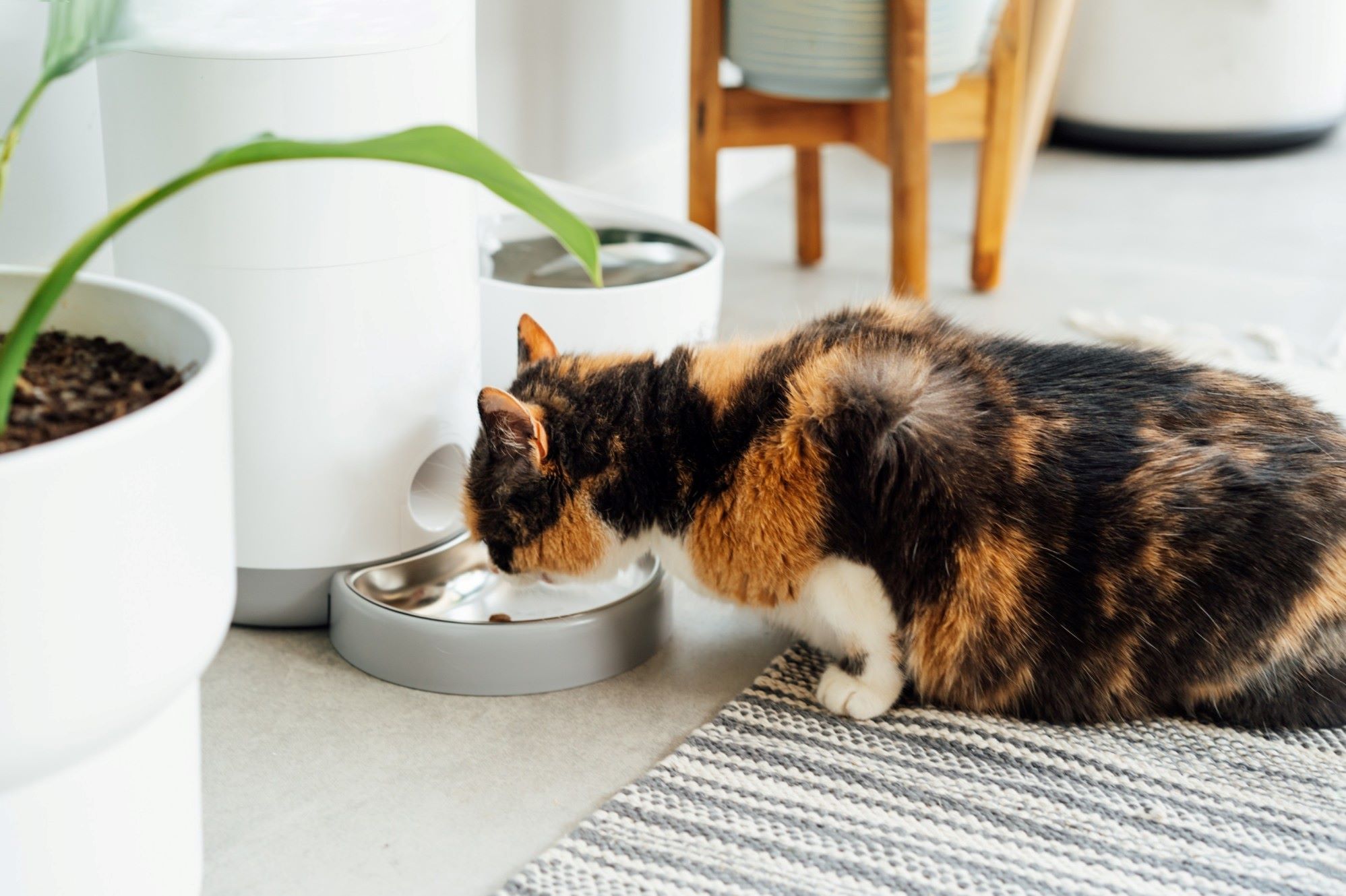
Urinary tract disease
Also known as cystitis, urinary tract infections (UTIs) are caused by inflammation in the bladder.
- As a result of this inflammation, your cat becomes unable to pass urine and may be in pain.
- Because of this, they might drink more water to help them pee.
UTIs may be caused by an infection or more commonly, by stress. Cats with urinary tract disease may:
- Urinate outside of the litter box
- Appear to strain when urinating
- Have blood in their urine
- Or lick their genital area more often than usual.
Read more:
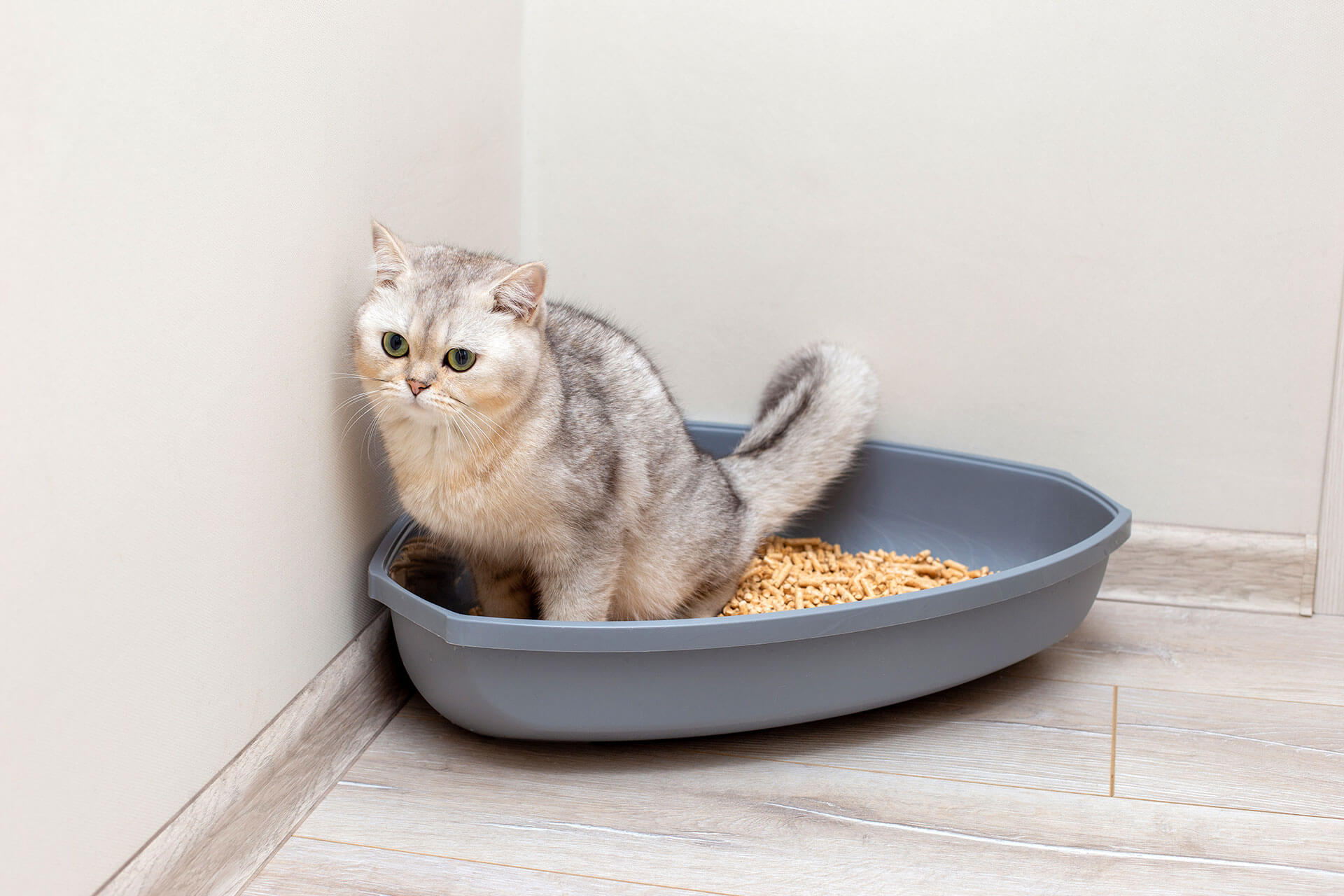
Besides, UTIs in cats might also result from stress – so it may help to reduce it at home as best as you can.
- Try providing separate food bowls and litter boxes for each cat in the home to minimize any territorial disagreements.
- Give your kitty a safe and private sleeping area way from other pets.
- Spend more time playing and cuddling with your cat. It could just be that they miss your company!
In some cases, cats might also be stressed out from a major change in routine. (Like if you’ve switched up their diet, shifted homes, or adopted a new pet.) So in these cases, give them some time to adjust.
UTIs can become a chronic problem in cats and may require ongoing treatment. Your veterinarian can provide guidance for managing this condition in your cat.
- They might recommend pain relief medication for your cat’s UTI.
- But in some cases – like if you have an un-neutered male cat – it’s possible they might need more urgent treatment. (And in some cases, even surgery.)
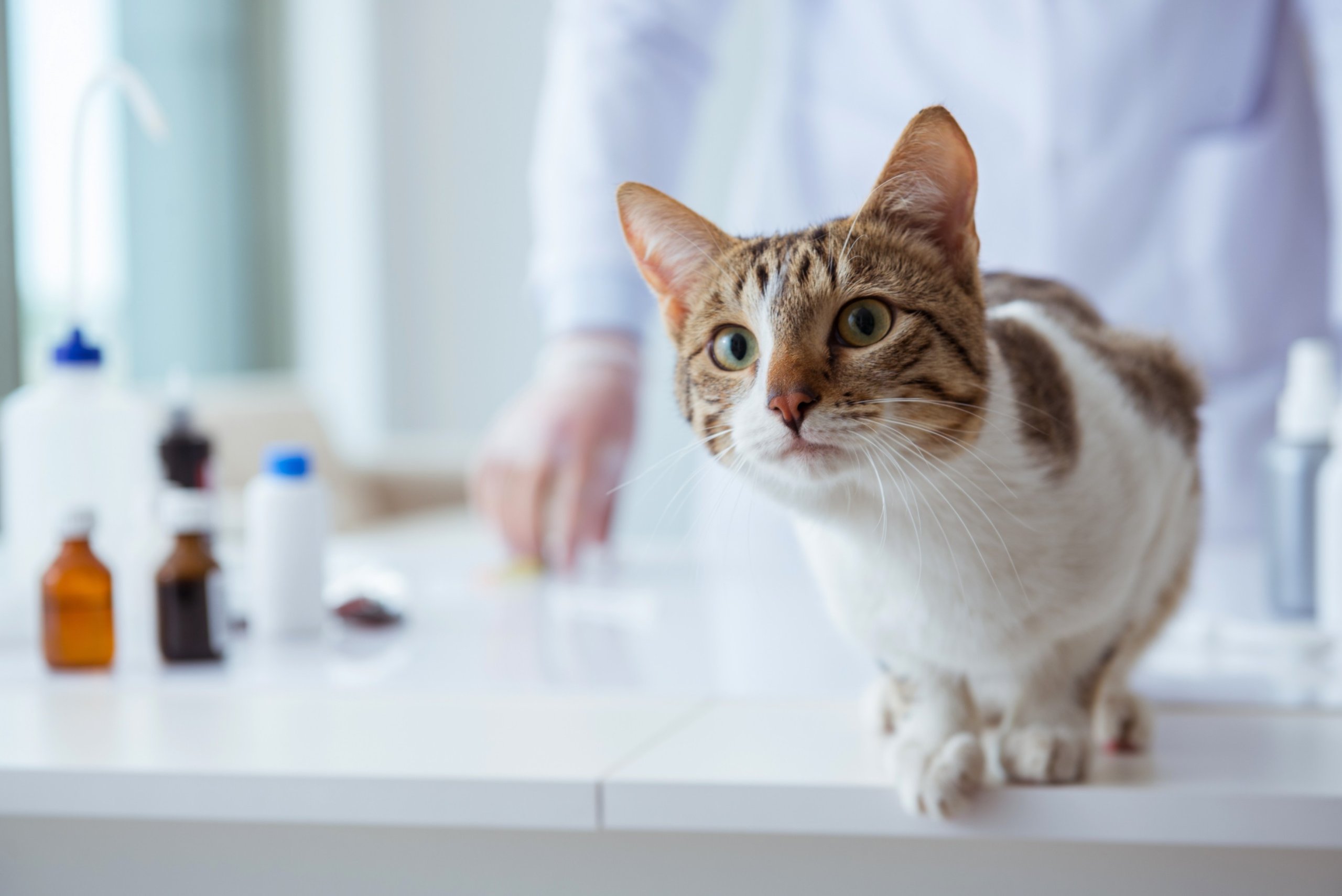
Chronic kidney disease
And as your cat gets older, it’s not unusual for them to experience chronic kidney disease, where their kidneys don’t quite work as they should.
Essentially, the kidneys remove toxins from the blood. As they grow slower with time, your cat might feel increasingly thirsty – as their kidneys aren’t filtering out toxins that they usually might have.
- As these toxins build up in their body, your cat might seem more lethargic and even lose their appetite.
- Much like with diabetes, treatment may include changes in your kitty’s diet or special medication.
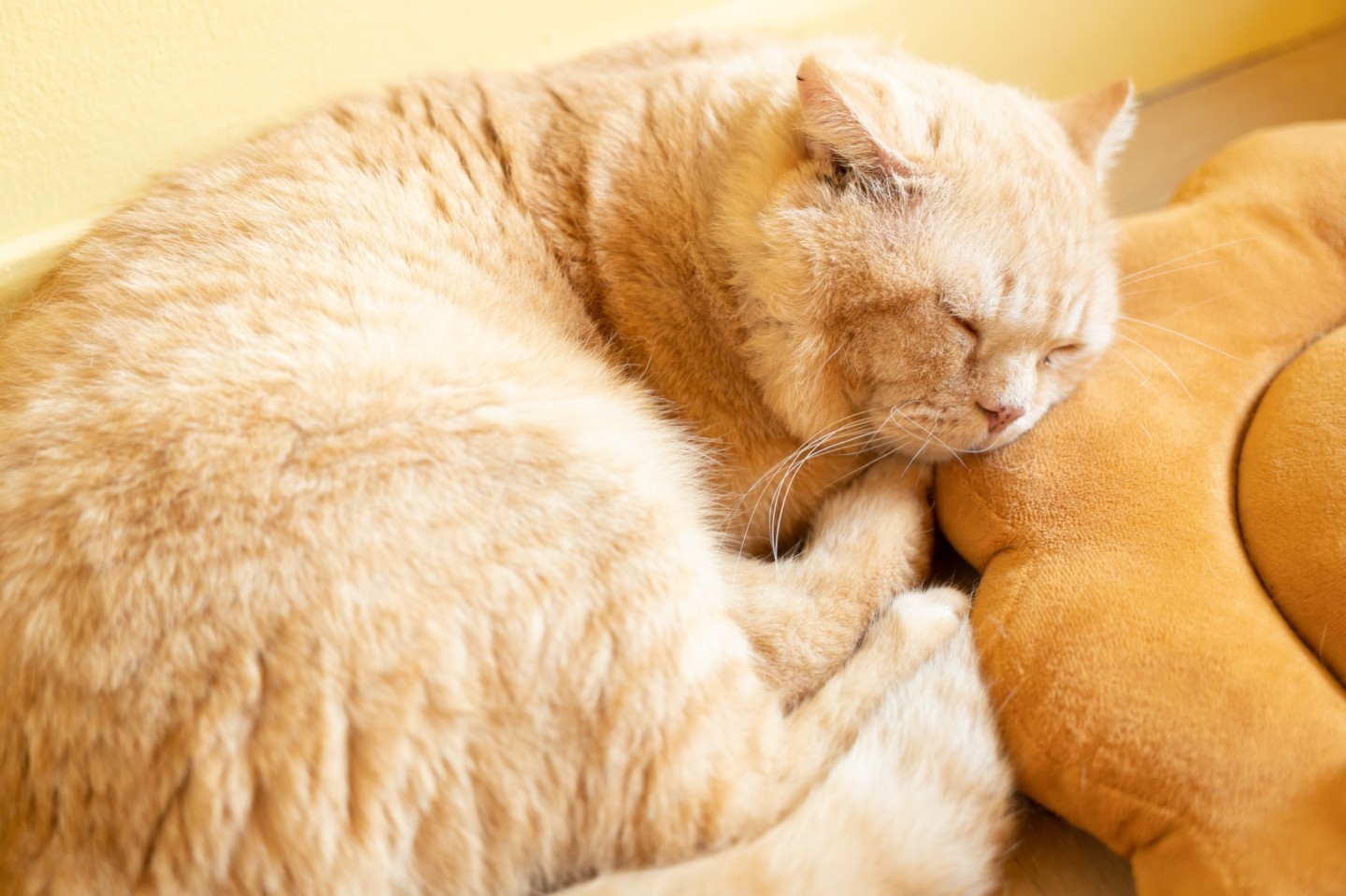
💡Cats tend to be super sleepers – clocking in around 12-18 hours of sleep a day! Which actually makes it easy to miss out on signs like a drop in their activity or lethargy as they gradually develop.
That’s why your trusty Tractive device includes Health Alerts along with Activity Tracking – so you can catch on to a drop in your cat’s active minutes even if you’ve missed a day or two of monitoring.
Meaning you can get your cat to a vet for a preventive checkup early on. (Rather than having to pay an expensive bill for treating a condition like kidney disease.) With a blood and urine test, your vet can catch on to chronic kidney disease early – and perform these tests routinely as your cat gets older.
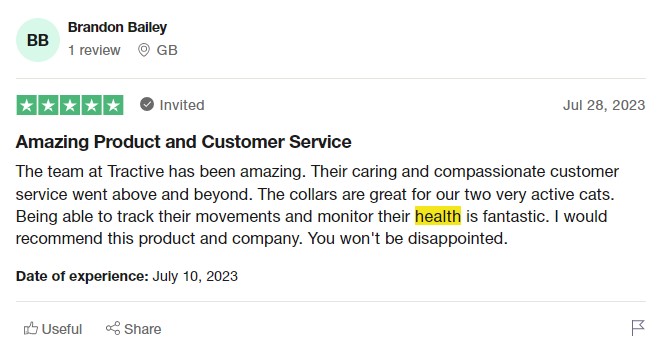
Liver disease
Excessive thirst can also be a sign of liver disease in cats. The liver plays an important role in your cat’s health by controlling many of the chemical processes needed for normal bodily function.
Aside from drinking more water than normal, cats with liver disease will often exhibit jaundice.
- With jaundice, the eyes and mucus membranes take on a yellowish hue.
- Their abdomen may also swell due to a buildup of fluid.
Much like these other health conditions, liver disease can be controlled if you catch it early. Dietary changes can help reduce the liver’s workload and slow the disease’s progress, but liver disease is complex and will need ongoing treatment from your veterinarian.
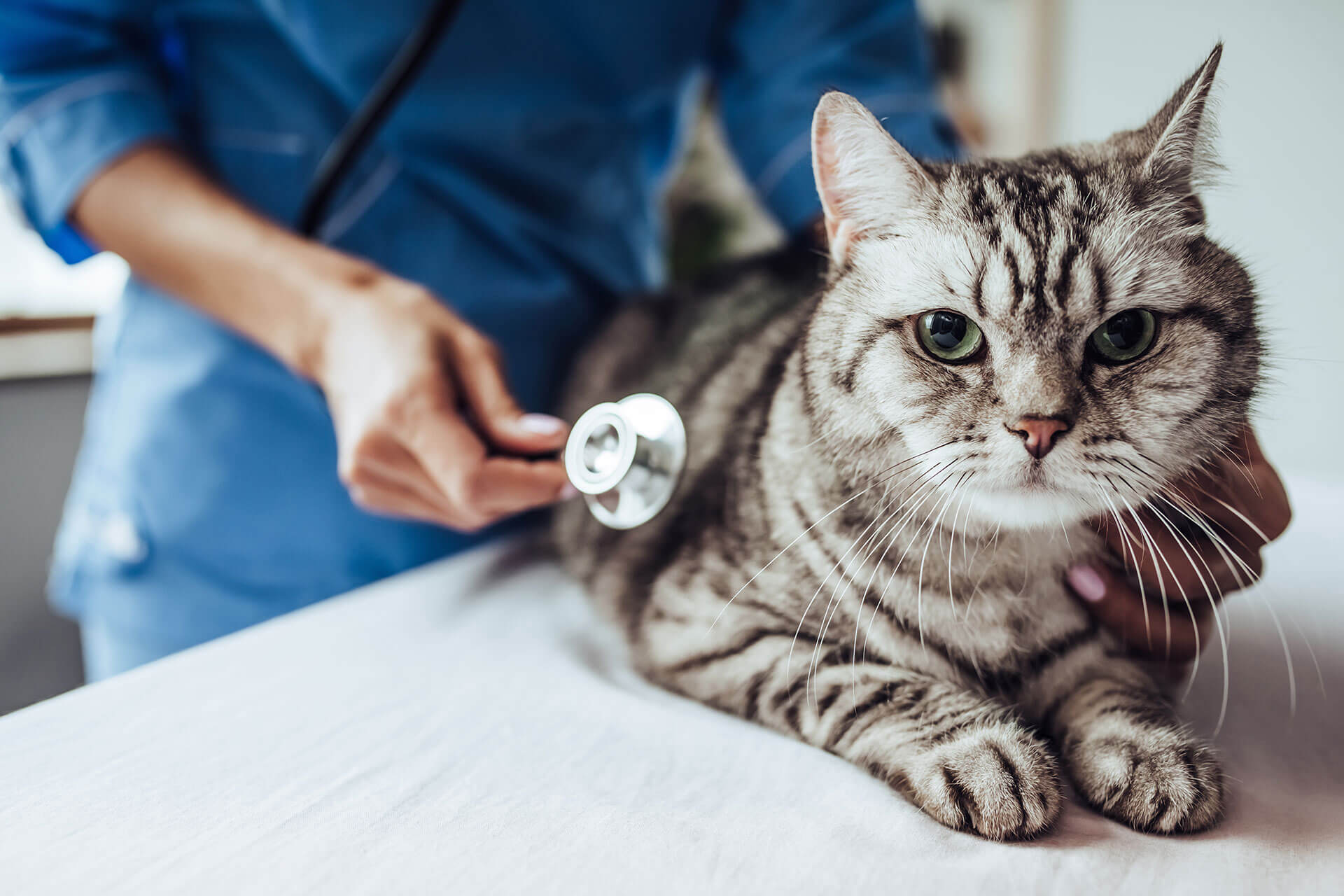
How can I tell if my cat is actually sick?
Like most animals, cats are experts at hiding their illnesses. (It’s just how they’re built from an evolutionary perspective.) But with a little vigilance, you can catch on to a change in their behavior that might signal they’re struggling with a sickness, infection, or even pain.
So pay close attention to any changes in your cat’s daily habits, including if they start drinking excessively. Some other signs you can watch out for include:
- Changes in appetite, such as eating more or less than normal
- Behavior changes including aggression
- Changes in sleeping patterns, such as your cat sleeping more than normal, or sleeping in unusual locations
- Diarrhea or other signs of illness
- A drop in your cat’s activity, or how much more (or less) on the move they are
If you see any of the above conditions or you’re concerned about your cat’s behavior, drop by your vet. They can help you rule out any underlying medical issues and advise you on the best way to care for your little buddy.
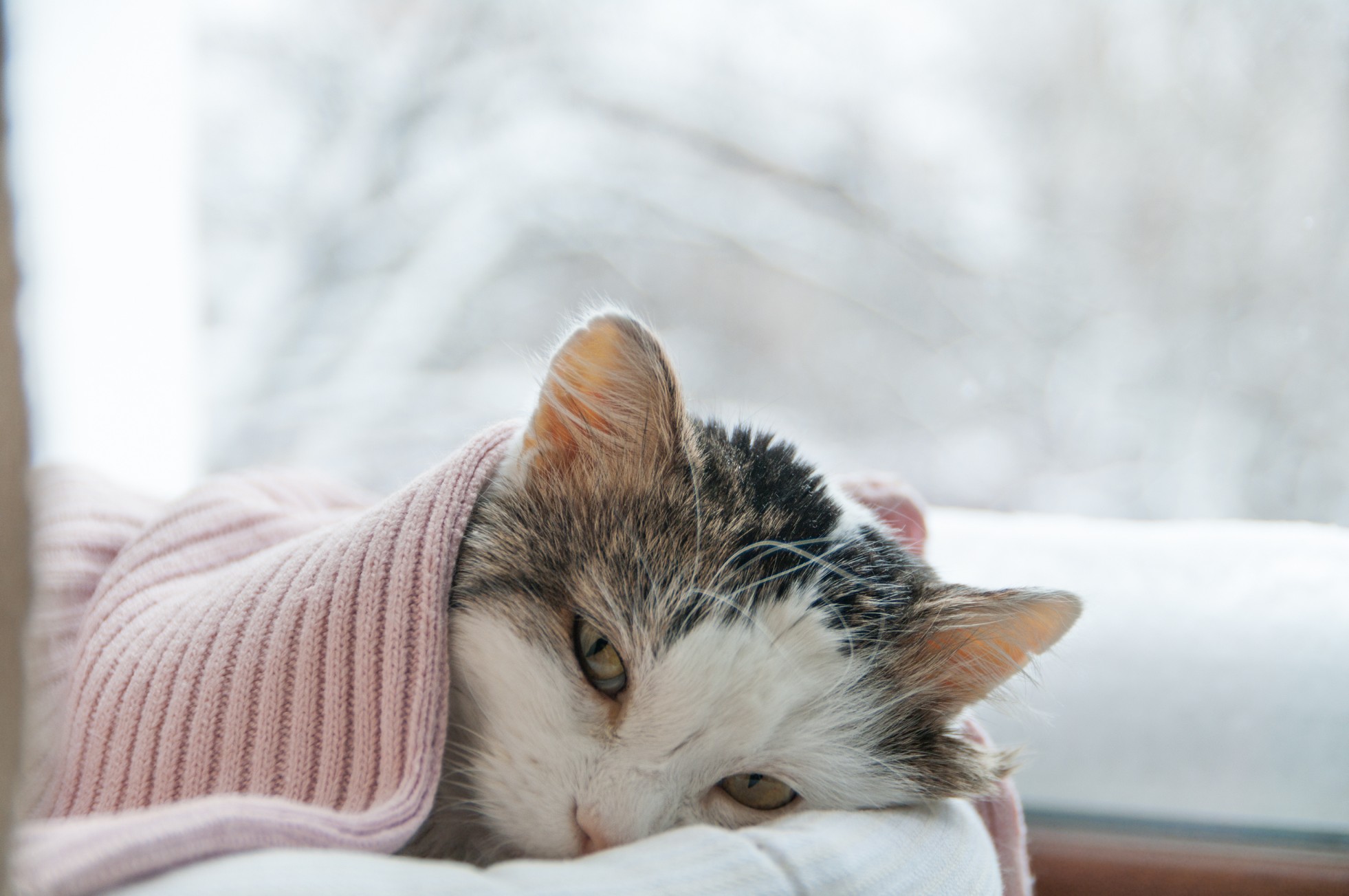
Read more: How To Tell If Your Cat Is Sick: Signs Your Feline Friend Isn’t Feeling Well
Plus, from these signs, your cat’s level of activity can tell you a lot about what they might be experiencing.
| If your cat is more lethargic or not as active as usual, it could be: | If your cat is more hyperactive than usual, it could be: |
| A bacterial infection | Feline hyperesthesia |
| Heartworm | Hypothyroidism |
| Anemia | Feline AIDS |
| Poisoning | Infectious peritonitis |
| Cancer | A neurological condition |
💡Which, if you’ve invested in an Activity Tracker, you can catch on to early – and get your cat the care they need.
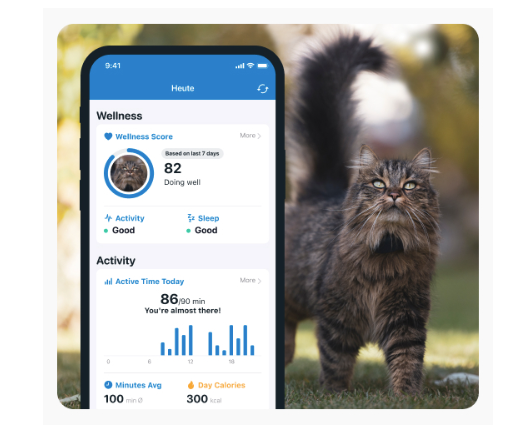
With your trusty Tractive device strapped to your cat’s collar, its built-in motion detector picks up on your cat’s movements throughout the day.
Which, with time, helps you figure out:
- What’s a normal level of activity for your cat
- How active your cat is compared to other, similar cats in terms of age and breed
- If there’s an abnormal change in your cat’s activity
It’s why cat parents around the world – just like you – are investing in our life-saving technology and taking an active role in their pets’ health and wellbeing.
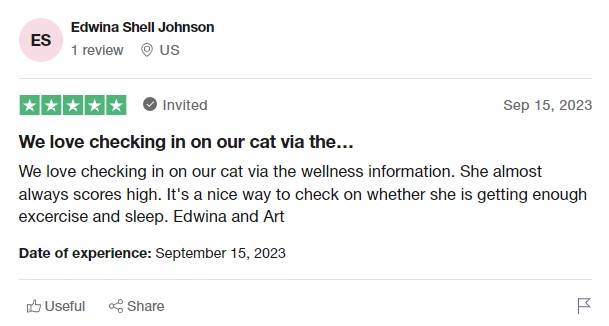
Wrapping up: What to do if your cat is drinking lots of water
Once you’ve ruled down any sudden heat waves or your cat suddenly remembering their New Years exercise resolutions, start by observing their habits.
- Your cat might be drinking water extra if it’s just too hot outdoors or if they’ve been getting some extra activity.
- Else, if you notice them drinking water excessively or peeing outside of their litter box, watch out for other signs of illness, like lethargy and a loss of appetite. These could signal a serious health condition you’re best off catching and preventing early.
Your vet can run tests to determine if your kitty has an underlying problem that requires treatment. They’ll also be able to best instruct you how to help your cat recover and live their best, happiest, healthiest life by your side.
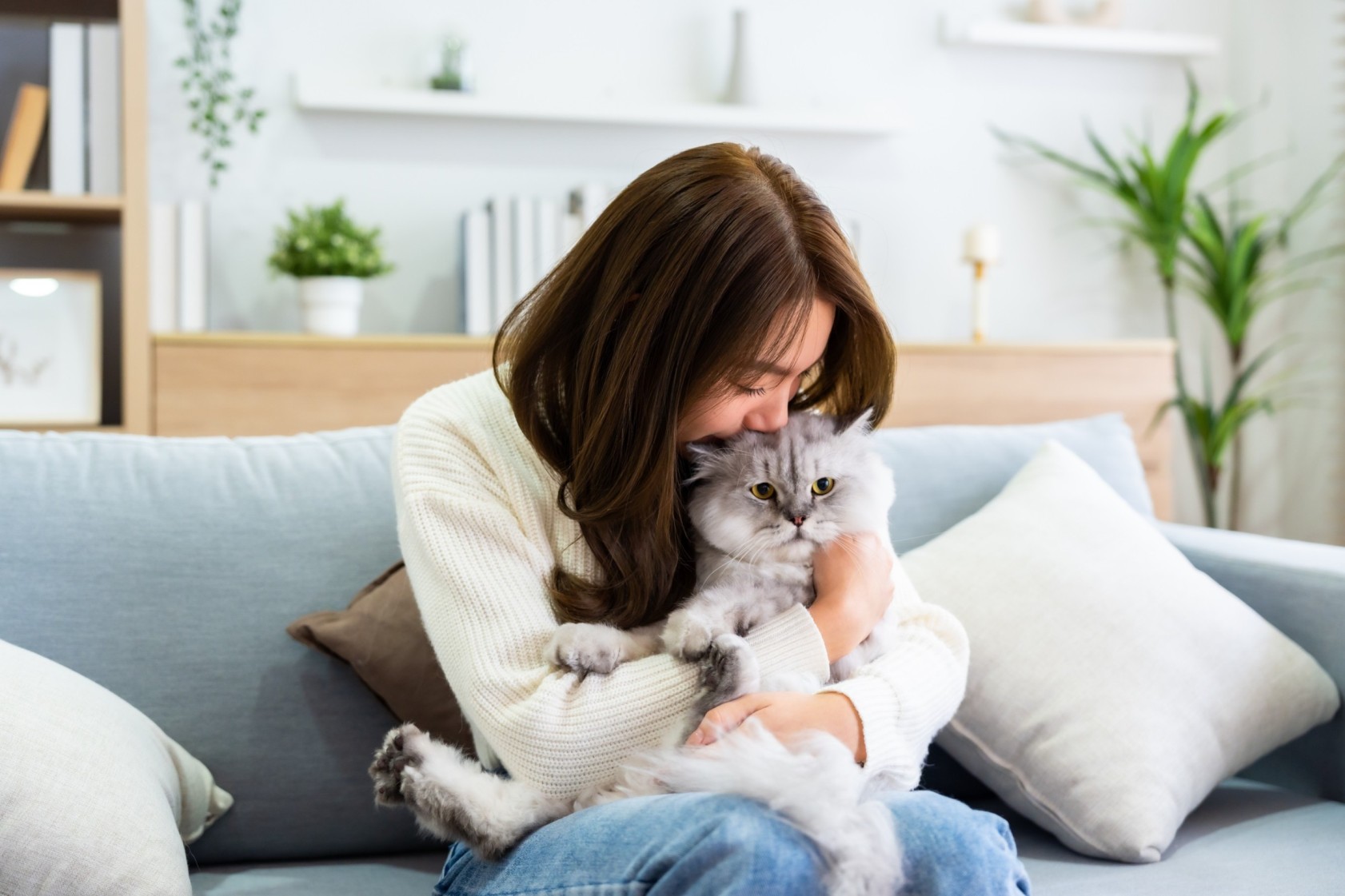
💡And if you’re wondering how to avoid a huge vet bill in treating your cat’s health issues – preventing it from worsening is always the way to go.
Which you can get started with today with your very own GPS and Health Tracker for pets – built with love for cats around the world and the cat parents who’ve devoted themselves to them.
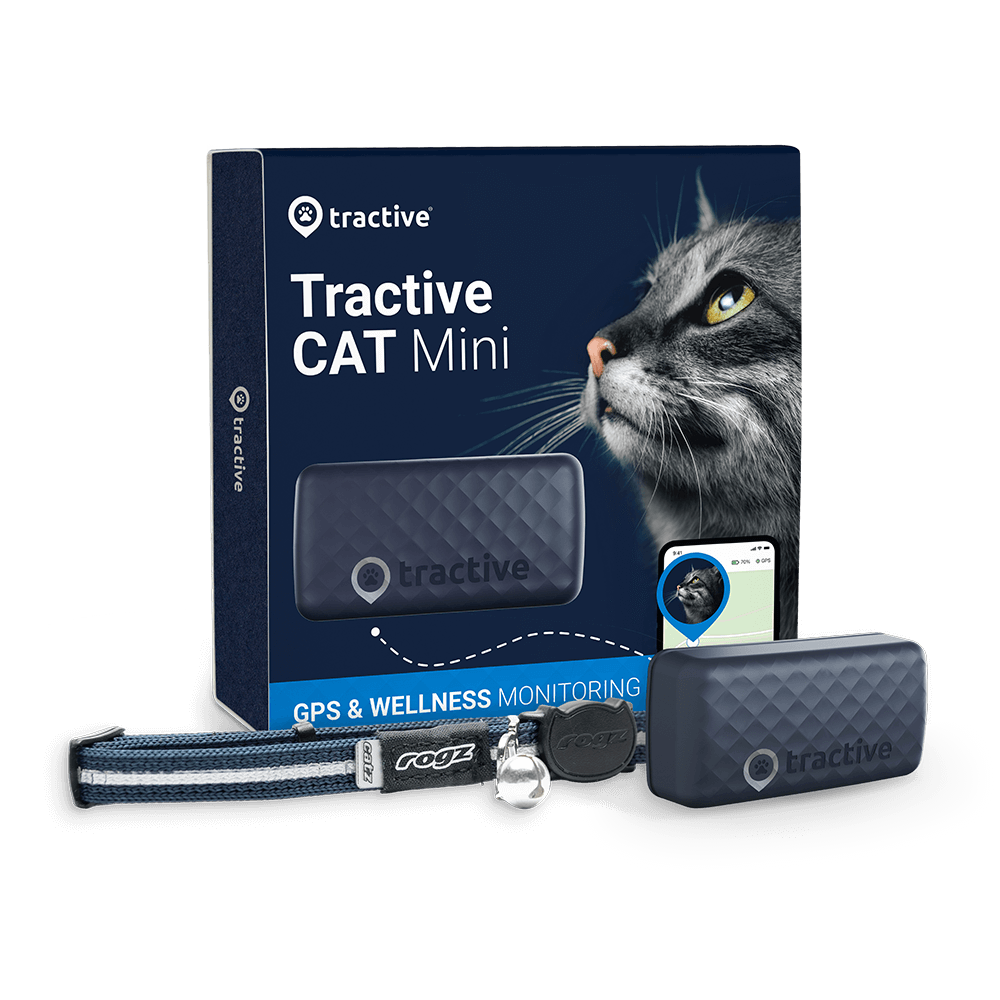
Track your cat’s wellbeing
See how they’re doing at a glance with Wellness Score. Know if they’re getting enough exercise. Spot nap patterns. Detect issues early and keep them healthy.
Wondering how to catch on to the signs of UTIs in cats? Here’s Dr. Sean McPeck weighing in:
And if you’ve liked this post, share it with a friend or a loved one – and let’s help build a safer, kinder world for our furry friends together.
Your furry friend’s health and wellbeing means as much as to us as it does to you. So we’ve made it a priority to only share medically-relevant content on our blog.
This post was checked, double-checked, and medically verified by Georgia-based vet, Dr. Dwight Alleyne.
Dr. Dwight Alleyne, DVM
Dwight Alleyne was born and raised in Long Island, New York where his love of animals began. His career for animals began working for a well-known no-kill animal shelter on Long Island.
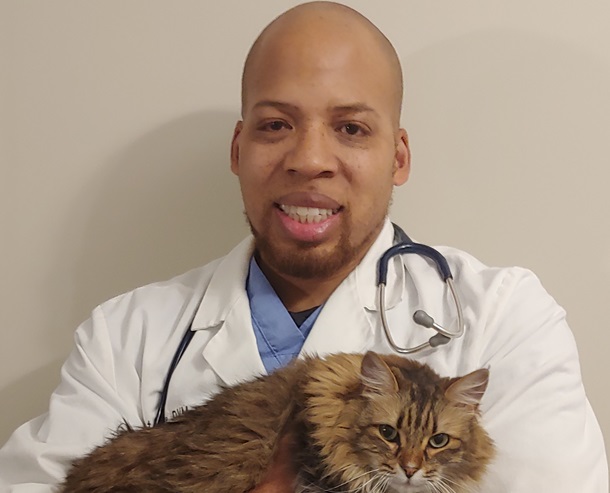
He worked his way up the career ladder working as a kennel technician, veterinary assistant, and then becoming a licensed veterinary technician at the shelter.
His passion for veterinary medicine led to him applying to and being accepted at Cornell University Veterinary where he graduated from in 2006. After completing a small animal rotating internship at Purdue University, he eventually made his way to Georgia where he has been practicing ever since.
Dr. Alleyne has practiced at several small animal clinics throughout Georgia. He has a keen interest in soft tissue surgery and has extensive experience in performing ultrasounds including echocardiograms.
When he is not practicing medicine, Dr. Alleyne enjoys writing and editing pet health articles and providing pet advice through telehealth.
Dr. Alleyne also has his own blog called “The Animal Doctor Blog.” Check it out on: www.anmldrblog.com.

